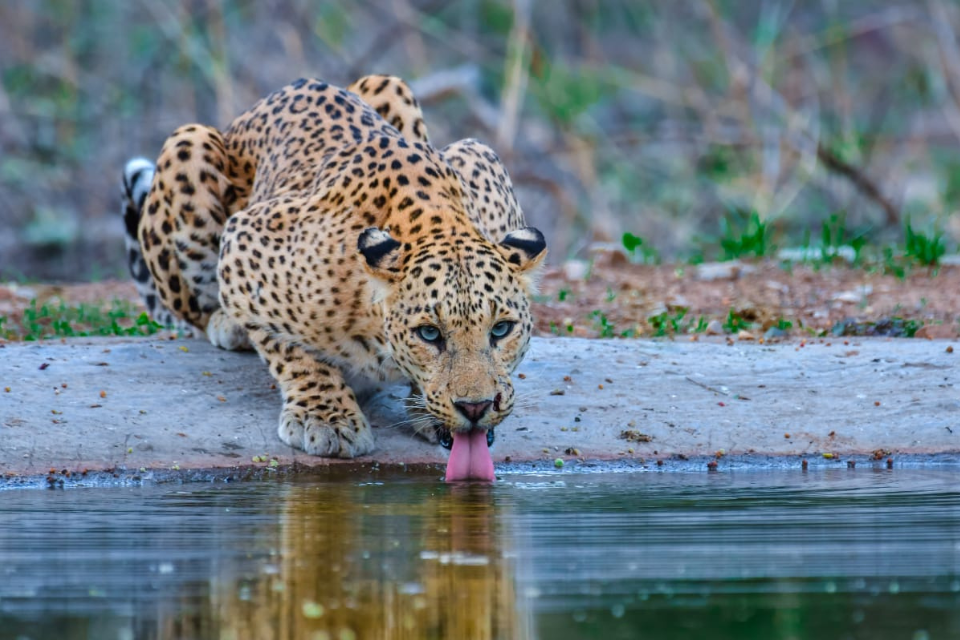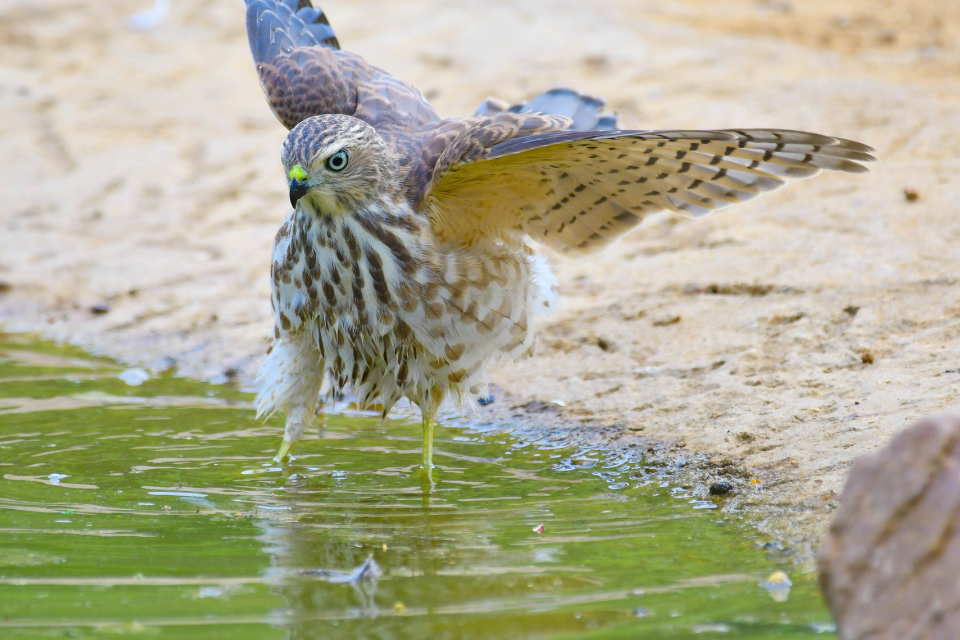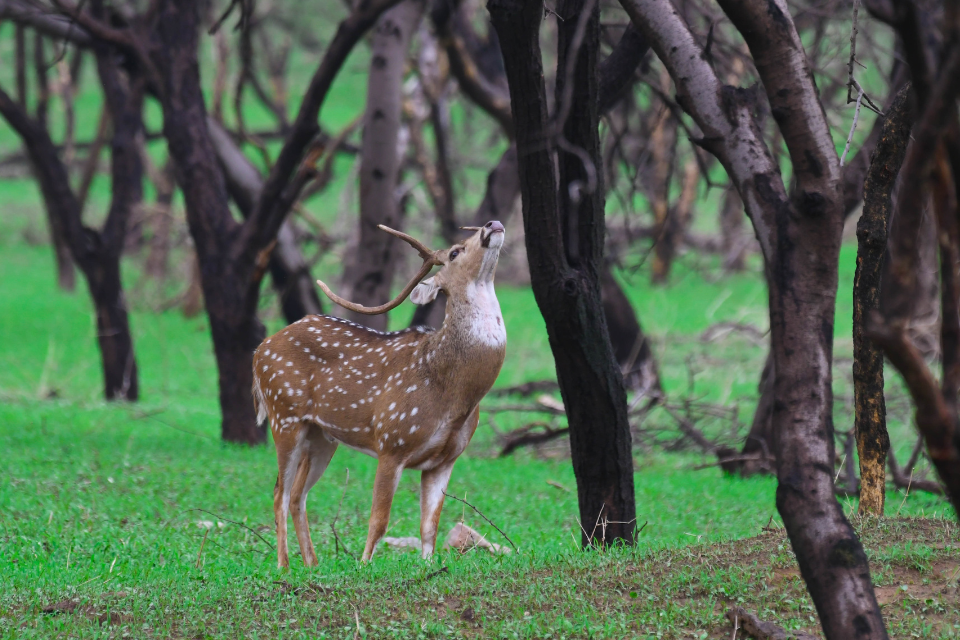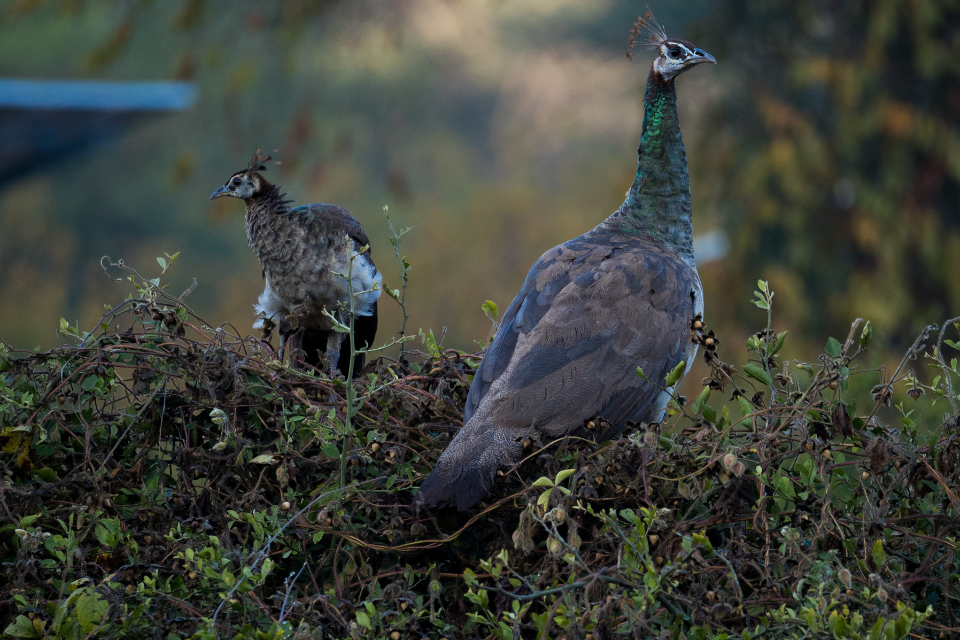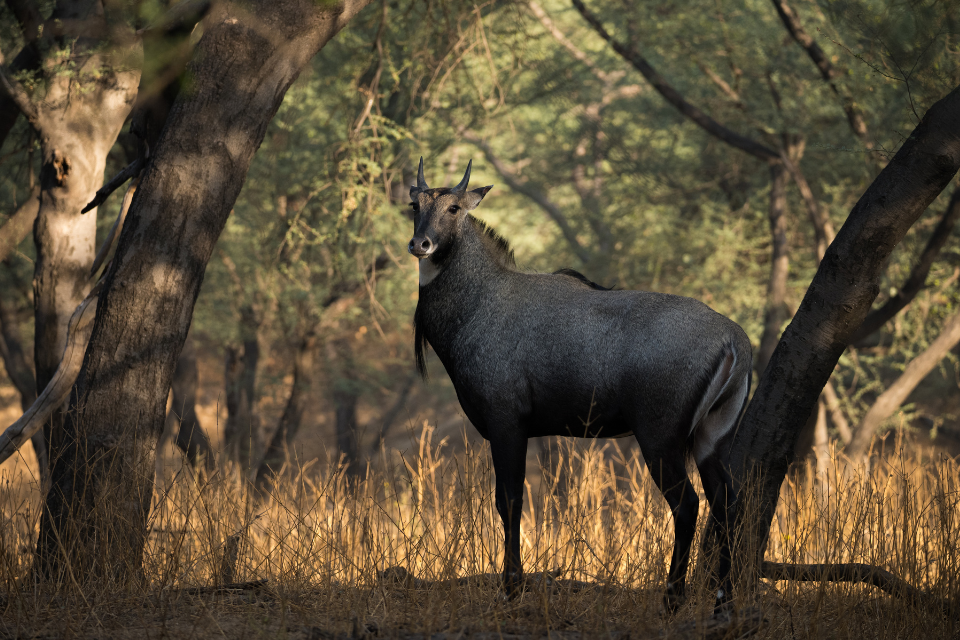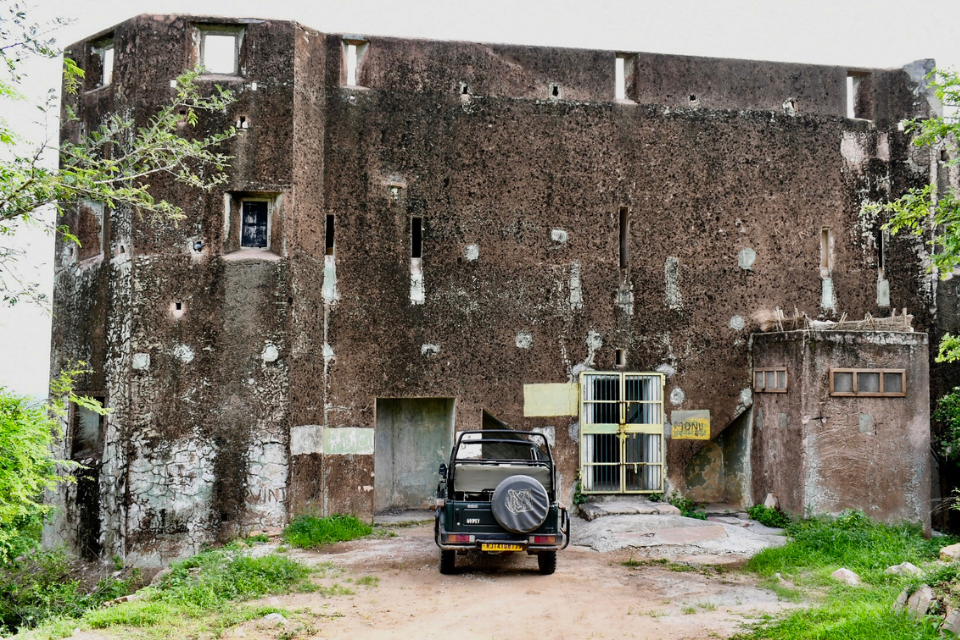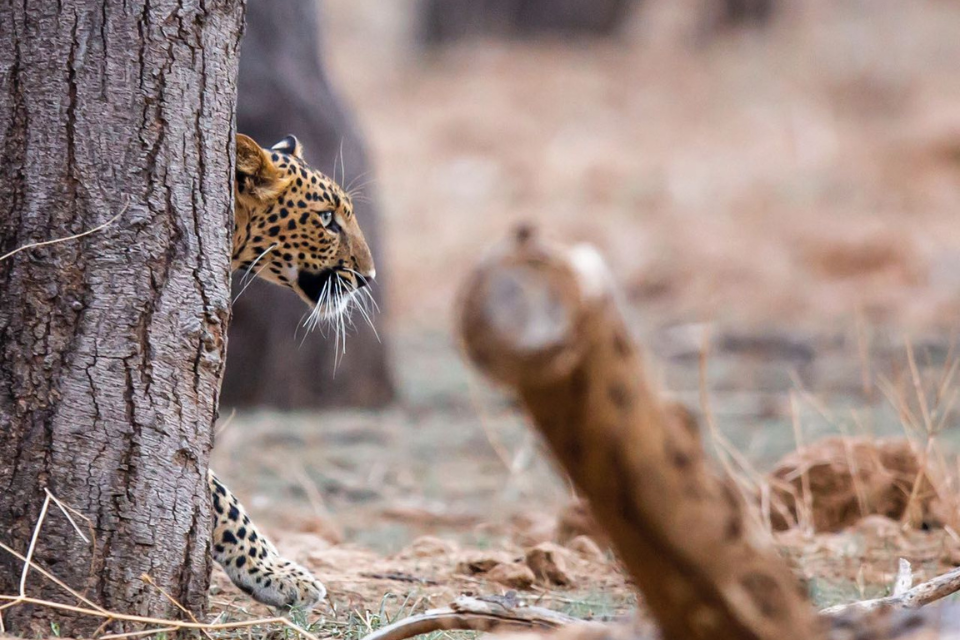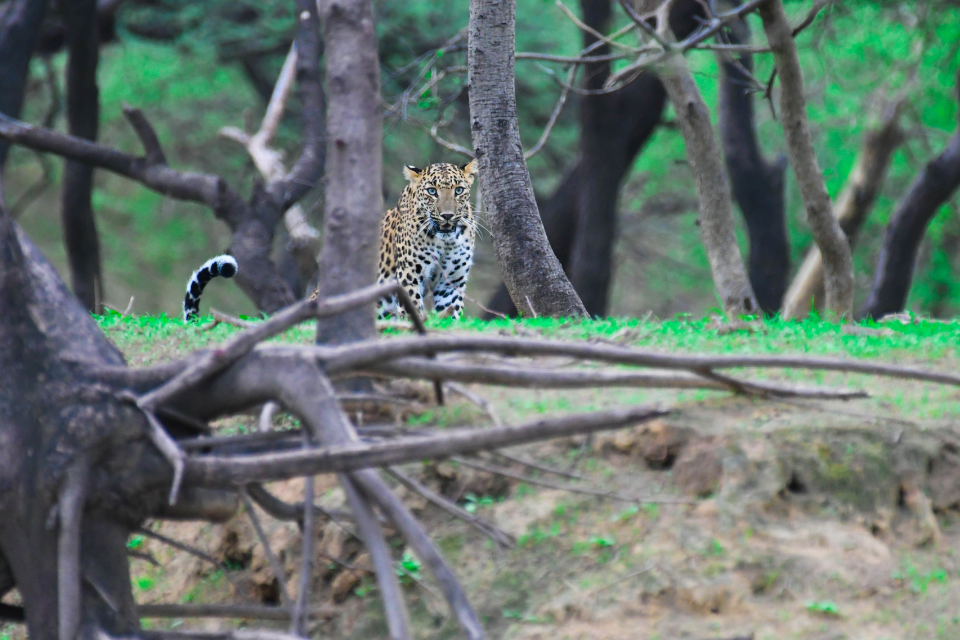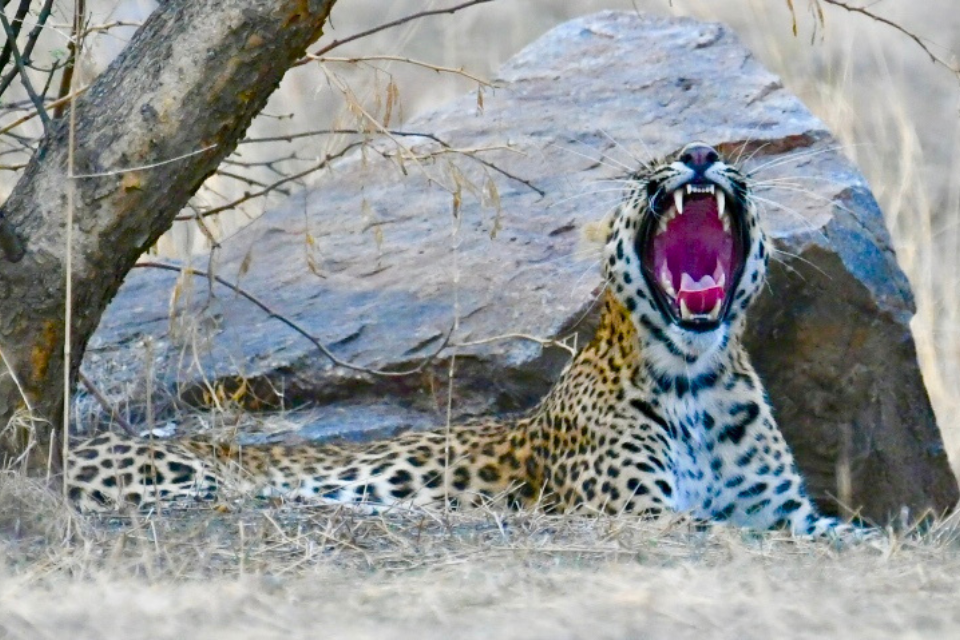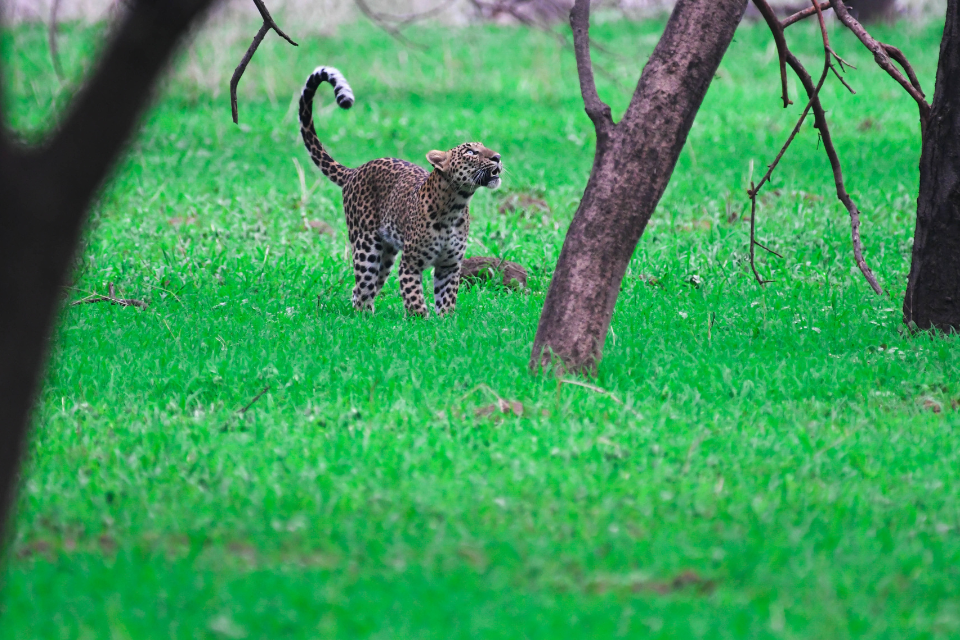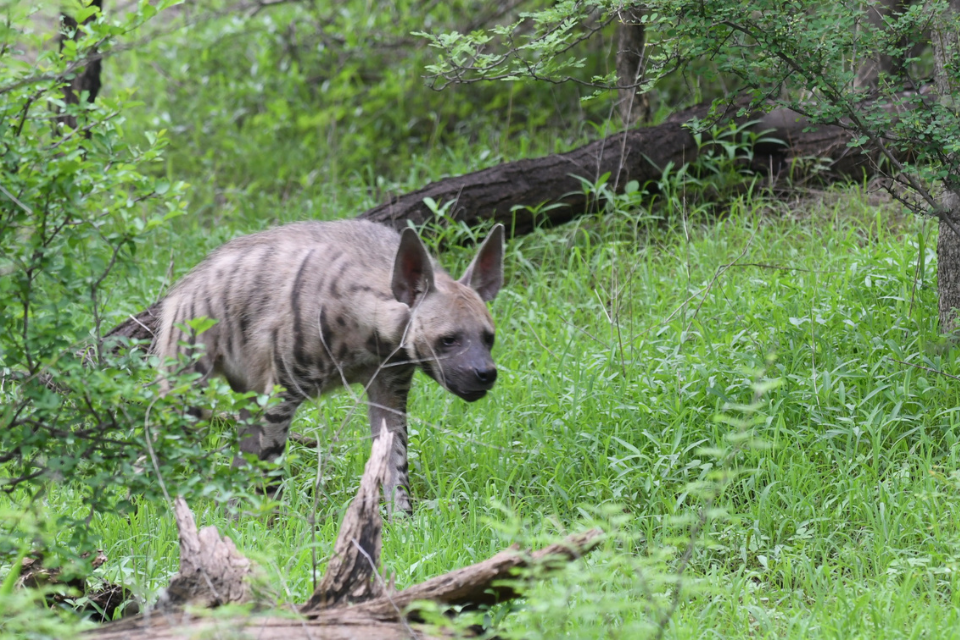- October 29, 2025
The Jhalana Leopard ID Catalog: Spot Patterns, Family Trees & Territory Timelines
Introduction: Why an ID Catalog for Jhalana?
Jhalana Leopard Reserve in Jaipur is one of India’s most remarkable urban wildlife stories. Spread over roughly 20–23 km², this compact forest abutting neighborhoods and arterial roads supports ~30–40 leopards depending on the season and cub survival—numbers that multiple tourism and conservation sources cite within that band. It’s also India’s first dedicated leopard reserve (declared in 2017), and a now-famous place for close-but-safe sightings.
Because individuals are seen often, an identification (ID) catalog becomes invaluable—for researchers, forest staff, guides, photographers, and visitors. A good catalog answers three questions:
- Who is this leopard? (using stable, unique spot/rosette patterns and secondary markers)
- Who are they related to? (a family tree built from repeated observations and cub-rearing)
- Where and how do they use space? (their territory timeline, charting shifts over months/years)
Below is a practical, field-tested way to build and maintain such a catalog—grounded in published methods, tools used across big-cat projects, and Jhalana-specific insights.
Part 1 – Spot & Rosette Patterns: Your Primary Key
Why rosettes work
Every leopard’s coat is a one-off signature. The rosettes (clustered dark rings) and solid spots on a leopard’s left/right flanks and face are unique and persistent over an animal’s life, which makes them the gold standard for photo-ID. Camera-trap studies and field protocols formalize this: once you have clear photos of both flanks, you can match an individual with very high confidence.
What to photograph (field checklist)
- Left and right flanks (both sides matter; many projects keep separate match sheets per flank).
- Shoulder and hip “anchor rosettes”—distinct clusters that are easiest to re-spot.
- Face: whisker-spot rows (the small, dark follicle dots above the lip line), forehead “constellations,” ear nicks.
- Tail: ring counts or odd breaks can help.
- Scars and notches: useful secondary cues (they can heal or change).
Field guides at Jhalana explicitly teach “rosette map (left & right flanks) + whisker rows” as their routine.
From eyeballing to assisted matching (software)
Manual matching works when the catalog is small. As it grows, pair your process with tools used widely by conservation teams:
- HotSpotter / PIE-BGS-LR (computer vision) – reduces misclassification on spotted cats (validated on snow leopards, conceptually similar for leopards).
- PantheraIDS – a platform to standardize uploads, de-duplicate IDs, and verify matches.
- TrapTagger/WildEye – AI to pre-annotate camera-trap images and maintain individual catalogs.
Pro tip: keep side-specific image sets (e.g., JL-019_left and JL-019_right) and a confidence score for each match (“high/medium/low”). When confidence is low, schedule verification targets (e.g., “Get right flank in next 30 days at Neem Gatta waterhole”).
Part 2 – Building Family Trees: From Cubs to Clans
Jhalana is famous not only for sightings but also for recurring lineages that local naturalists and photographers have documented for years (with named individuals such as Cleopatra, Simba, Sharmili, Mrs Khan, Discovery, Katrina, Prince, Jalebi, Flora, Bagheera, etc.). These nicknames—paired with rosette IDs—help track maternal lines and dispersing sons.
How to infer relationships (ethology + evidence)
- Mother–cub link: repeated sightings of cubs nursing/following a single adult female across several weeks, plus den-site fidelity.
- Siblings: same-aged cubs together with the same female.
- Paternity is harder without genetics; field teams infer from overlapping male territory and mating observations caught on camera traps.
- Philopatry (females staying near natal areas) is common in big cats; studies at Jhalana found daughters often settled adjacent to or overlapping mom’s range—a crucial insight when mapping “dynasties.”
Your family-tree data model (minimum fields)
- Individual ID (e.g., JL-034), sex, first seen, mother ID (if known), littermates (if known).
- Key milestones: first independent sighting, first mating observed, first litter observed, depredation/conflict notes if any.
- Evidence links: image IDs, route & camera locations, guide notes, and any video references.
Naming convention: Keep neutral IDs (JL-###) for the catalog and optional nicknames for outreach. Neutral IDs avoid confusion if nicknames change.
Part 3 – Territory Timelines: Home-Range, Overlap & Shifts
What we know about Jhalana space use
A dedicated camera-trap home-range study from Jaipur/Jhalana (2017–2019; >23,000 trap-hours) estimated median Minimum Convex Polygon (MCP) home ranges at ~306 ha for males and ~170 ha for females, with low same-sex overlap and mother–daughter adjacency. That aligns with the reserve’s small size and urban edge.
Across India, home-range sizes vary widely by habitat and prey; translocation/radio-collar work elsewhere shows much larger ranges (100+ km²) in more open systems—so context matters. For Jhalana, the smaller, more stable MCPs make sense.
Making a “territory timeline” for each leopard
- Quarterly map snapshots (Q1, Q2, Q3, Q4): plot all confirmed waypoint detections (photo/visual) and compute MCP (or kernel density) for that quarter.
- Event annotations: mating, birth of cubs, inter-male skirmishes, unusual excursions (e.g., towards Moti Doongri if a young male explores outside the forest).
- Shift notes: “Post-monsoon 2025: JL-019 pushed east by JL-012; increased use of Neem Gatta.”
- Status flags: resident, transient, sub-adult disperser, missing (no confirmation >180 days).
This rolling view lets you see succession: which male replaced which, which female line is expanding, where new safari routes (like the recently announced 6-km route from the Khan old-mine area to Neem Gatta) intersect high-use zones for better sightings (and better data!).
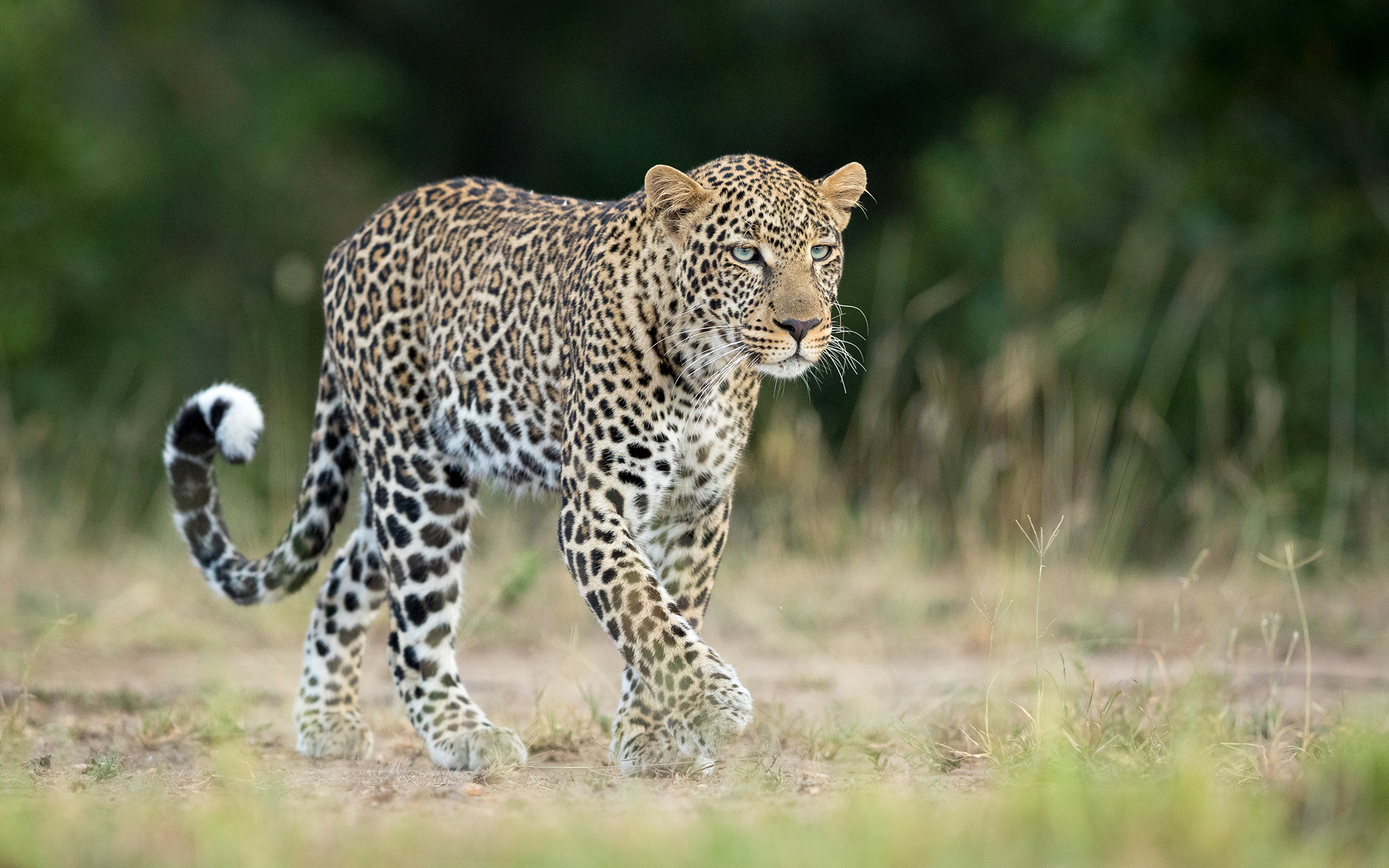
Part 4 – The Catalog Blueprint (what to capture & how to use it)
Core catalog table (per individual)
- Catalog ID: JL-### (e.g., JL-019)
- Nickname (optional): if used publicly (e.g., “Flora”)
- Sex/Age class: adult ♂/♀, sub-adult, cub
- First seen / Last confirmed: dates + links to images
- Left/Right flank “rosette map”: 5–7 anchor rosettes cropped; link to full photos
- Face keys: whisker row pattern, ear notches
- Distinct marks: scars, tail rings
- Territory footprint: latest MCP area (ha) + centroid; timeline link
- Family: mother ID, observed litters (with dates & cub counts)
- Behavioral notes: mating events, conflict avoidance near roads, diurnal sightings
- Data quality score: High/Med/Low (photos, frequency, agreement among reviewers)
Governance & QA
- Two-reviewer rule: no new ID is “confirmed” without a second reviewer (guide/biologist) sign-off.
- Version control: every edit logs editor, time, and rationale.
- Privacy & ethics: do not publish den locations or real-time positions; delay sensitive observations to avoid crowding or disturbance.
Tech stack ideas (you can implement easily)
- DB schema in PostgreSQL/MySQL (or Prisma with Postgres/Mongo) to store individuals, sightings, media links, and MCP geometry (PostGIS).
- Identification workflow: upload → auto-pre-annotate (TrapTagger) → human verification → assign/update JL-ID → publish “last confirmed” + map snapshot.
- Public UI (Next.js): read-only profiles (ID card, lineage chart, quarterly map), SEO-friendly static routes (/leopards/jl-019), and a search by nickname/feature (e.g., “left hip rosette star”).
Part 5 – Field Reality at Jhalana: Density, Routes & Urban Edge
- Density & visibility: Because leopards are apex predators at Jhalana (no tigers), they’re confident and seen at close quarters—why guides often get both flanks in a single sighting. Estimates commonly cite 30–40 leopards in ~20–23 km², with 6–7 frequently using tourist routes.
- New route ≈ new data: The Khan (old mine) → Neem Gatta 6-km safari route will open new vantage points for photo-ID and movement logging. Keep a “post-route” tag in your timeline to compare pre/post sighting rates.
Urban dynamics: Occasional forays beyond the boundary (e.g., Moti Doongri Fort area) underline why sub-adult dispersal and corridor awareness matter for ID continuity and conflict mitigation.
Responsible Storytelling: Names, Narratives & Neutral IDs
Named leopards make for compelling education and tourism, and Jhalana has a proud tradition of that. Keep JL-IDs primary and use nicknames in outreach—so science stays robust even if names change or individuals are misattributed across social channels. A cultural note: many celebrated Jhalana individuals (e.g., Cleopatra, Bagheera, Flora) first became famous through the enthusiasm of photographers and naturalists who paired names with rigorous, flank-based IDs—a model worth emulating.
Quick Start: Your First Five Steps to an ID Catalog
- Define ID rules: side-by-side flank photos + whisker rows; confidence thresholds; two-reviewer confirmation.
- Set up tooling: a shared drive + database + HotSpotter/PantheraIDS/TrapTagger for assisted matching.
- Backfill history: scrape your guide teams’ archives to seed initial individuals (use JL-IDs and link any legacy nicknames).
- Draw territory timelines: compute quarterly MCPs per individual using camera-trap and sighting locations; annotate family events and route changes.
- Publish responsibly: make public profiles without den coordinates or real-time pins; add clear ethics & viewing guidelines.
FAQs
Q1. How do guides at Jhalana tell two similar leopards apart quickly?
By left/right flank rosette anchors plus face whisker-spot rows. Guides practice scanning 3–5 “anchor” rosettes (e.g., a triangular cluster over the left hip) and confirm later with photo matches. Software helps when patterns are close.
Q2. Do spots change over time?
The pattern remains consistent; scars can come and go and fur condition changes seasonally. That’s why rosettes/whisker rows are primary and scars are secondary clues.
Q3. How big are Jhalana leopard territories?
A Jhalana study estimated median MCPs ~306 ha (males) and ~170 ha (females) with relatively low same-sex overlap; daughters often settled next to mothers—key for family trees and succession.
Q4. Is Jhalana really an “urban” leopard reserve?
Yes. The forest is encircled by Jaipur city, which makes it a living lab for urban–wildlife coexistence and one reason sightings can be frequent.
Q5. What tools can a small team actually use today?
Try TrapTagger (catalog & AI pre-annotation), PantheraIDS (standardized ID workflows), and HotSpotter/PIE (matching assistance). Keep manual oversight.
Q6. Any recent changes visitors should know about?
Forest officials have announced a new 6-km safari route (Khan area to Neem Gatta) to boost sightings; also, young males can venture beyond the boundary occasionally (e.g., Moti Doongri advisory). Follow official guidance and your driver’s instructions.
Responsible Viewing & Data Ethics (Disclaimer)
This article aggregates publicly available information, peer-reviewed studies, and official/news updates to offer a practical reference for ID, lineage, and territory mapping. Exact den sites, cub hideouts, and real-time locations should never be shared publicly. Always follow Forest Department rules, remain in vehicles on safari routes, and respect distance. Data and numbers (area, population, routes) vary by source and year; treat them as estimates, and refer to official communications for the most current guidance.
Final Word
A Jhalana Leopard ID Catalog is more than a spreadsheet—it’s a living history of Jaipur’s big cats: who they are, how they’re related, and how they’ve learned to thrive on the city’s doorstep. Start with clear flank photos, organize them with robust IDs, tell lineage stories responsibly, and map movement through time. With each confirmed sighting and each quarter’s territory snapshot, you’re not just improving your odds of a great safari—you’re building a community resource that supports science, conservation, and better visitor behavior in one of India’s most unique wildlife settings.
Disclaimer All images used in this blog are either sourced from public domain or credited to their respective owners. If you are the copyright holder of any image and wish to request its removal or proper attribution, please contact us at [email protected]



